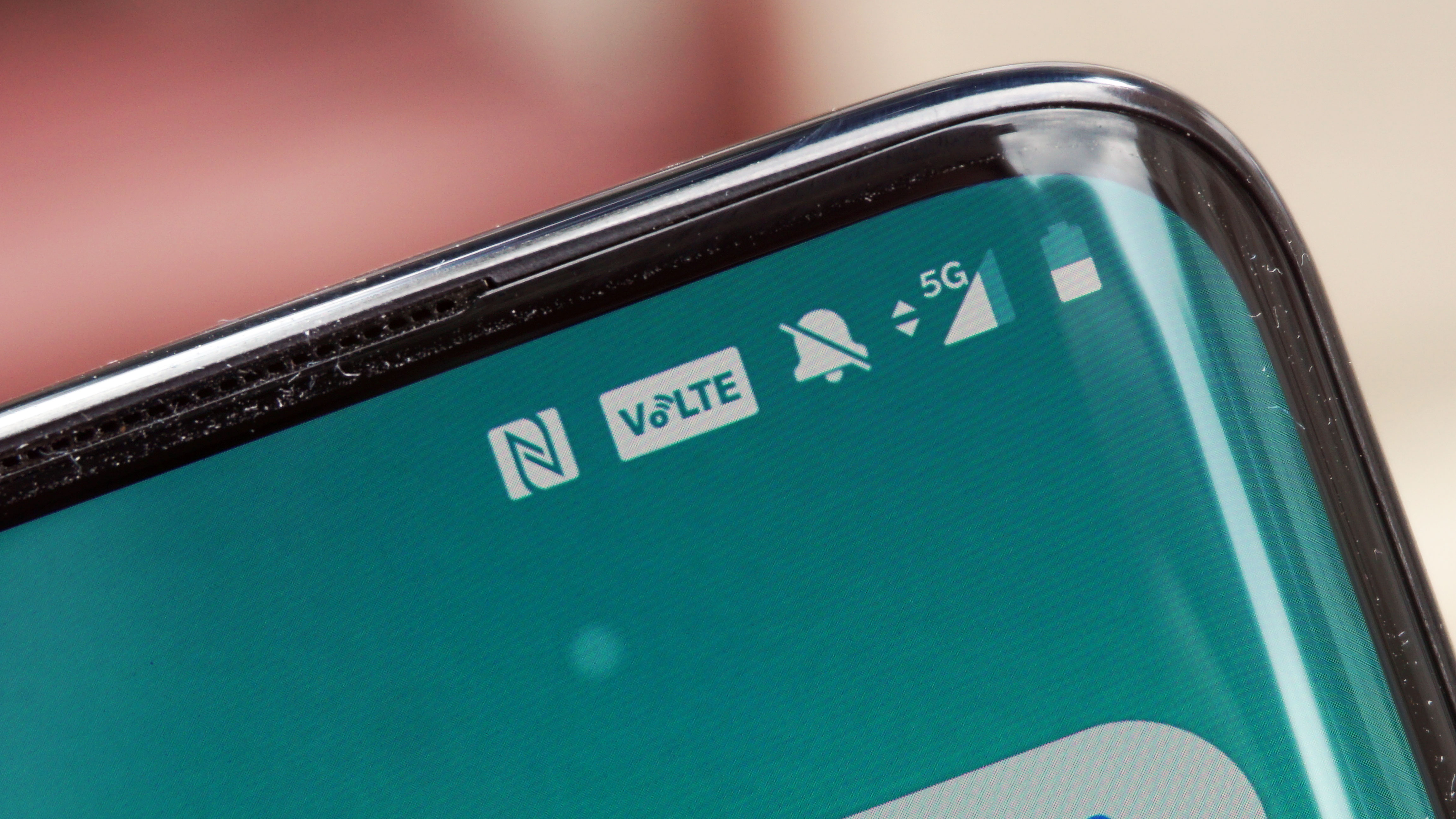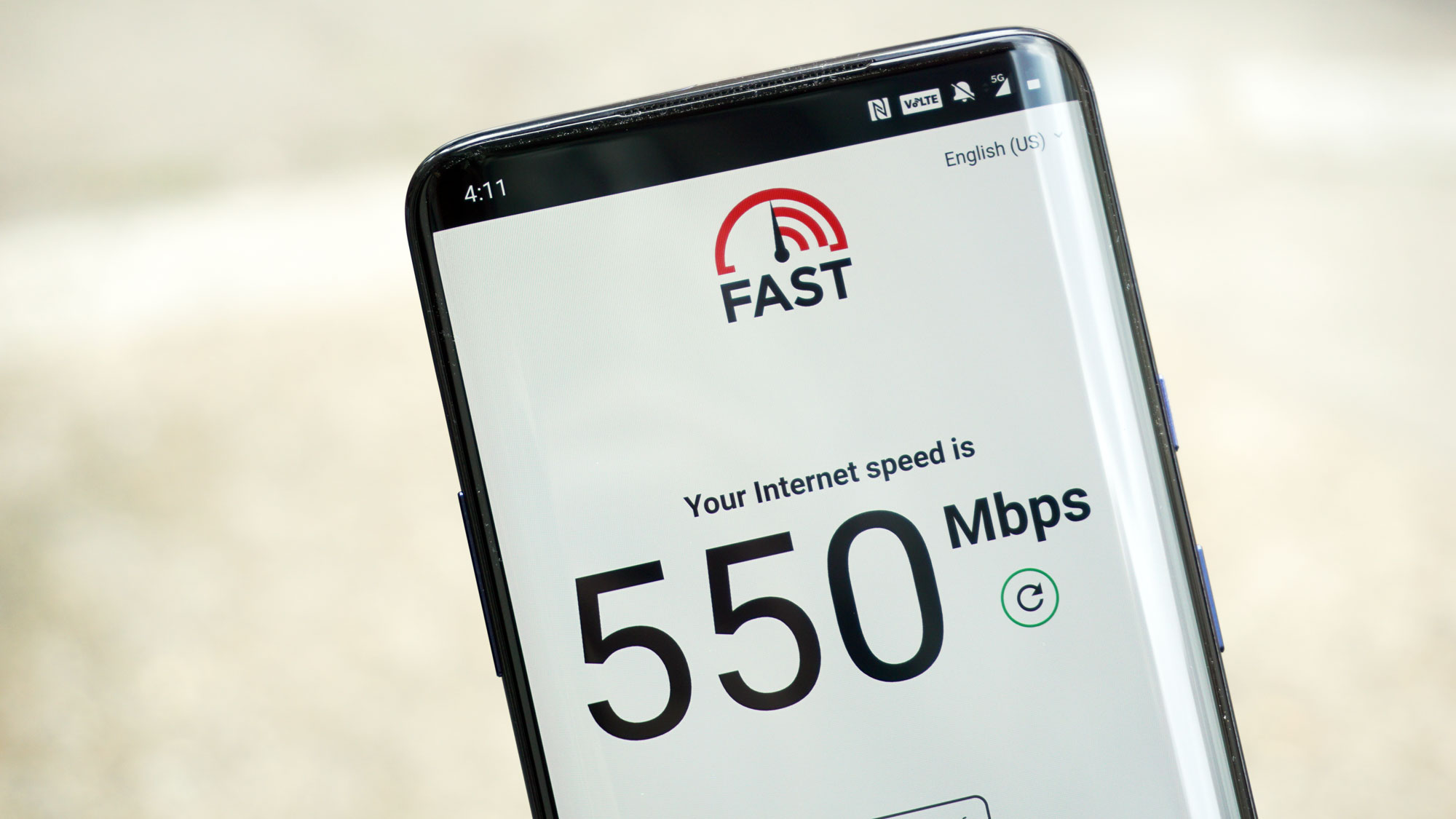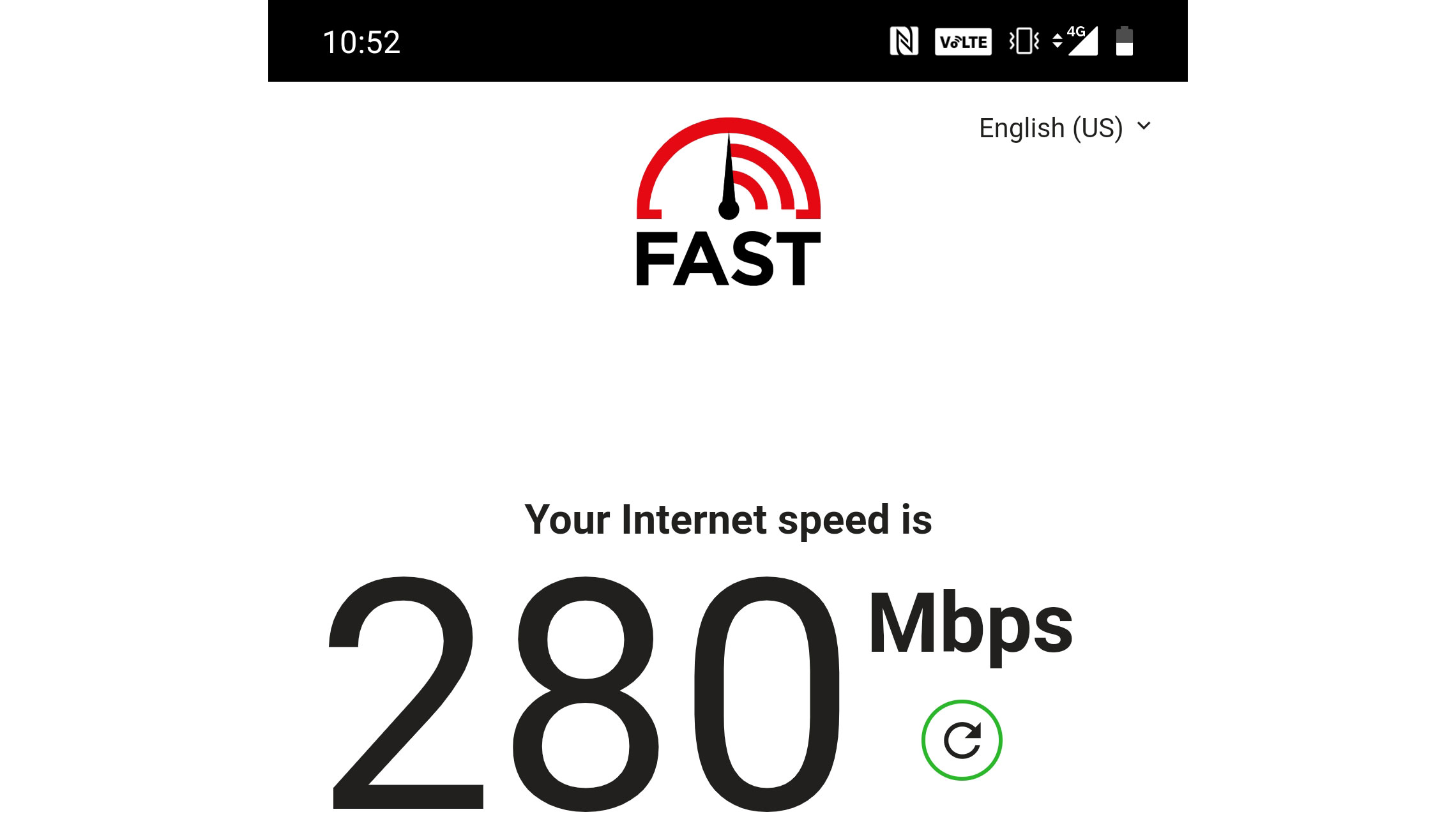24 hours with the OnePlus 7 Pro 5G: the UK's first 5G phone
5G battleships: hit and miss

We've got our hands on the UK's first 5G phone, the OnePlus 7 Pro 5G, and we're putting both the handset and EE's fledgling 5G network through their paces – is the future of super-fast mobile communications finally here, or is it still a case of the reality not quite living up to the hype?
We'll be updating this article over the next 24 hours to share our experiences as we take the OnePlus 7 Pro 5G out and about in London, so stay tuned to find out how we got on.
11am: say hello to 5G
We picked up our OnePlus 7 Pro 5G near the BT and EE offices in St Paul's, London – an area of the city that's particularly well covered by EE's new 5G network.
It's one of the most congested areas for mobile network traffic in London, and EE has focused on these high-usage areas for the first phase of its 5G rollout.
St Paul's is one of six 5G sites in the capital that EE turned on ahead of the May 30 launch its network in London and five other UK cities, in order to carry out testing. The other locations are Covent Garden, Kensington Gardens, Soho, The Strand and Chancery Lane.
However the coverage, we're told, extends north to the vicinity of Highbury and Islington, east to Mile End, as far south as about Southwark, and west to Ealing. That means most of central London is covered – however there are still 5G blackspots within this area.
The first thing we do when we get the OnePlus 7 Pro 5G in our hands is run a speed test on the Fast app, which gives us a speed of 220Mbps.
That's some way off the 1Gbps-plus speeds 5G should be able to deliver consistently in the future, but it's comfortably more than the 15-20Mbps we were getting on our 4G device.
Get daily insight, inspiration and deals in your inbox
Sign up for breaking news, reviews, opinion, top tech deals, and more.
Got my hands on the @OnePlus 7 Pro 5G to test out the @EE 5G speeds in London.This is a quick speed test near St Paul's. My 4G phone is at 15Mbps. pic.twitter.com/ytDN4P7XRvMay 30, 2019
12pm: and then there was 4G
As we've mentioned, there isn't blanket 5G coverage across London, and as we stepped off the tube at Lancaster Gate (near Hyde Park), a check of the phone revealed we only had 4G connectivity.
This area, along with Paddington, we're told, isn't currently covered by EE's 5G network, and a speed test of our 4G connection returned a result of 35Mbps. That's still pretty quick for 4G, but it's some way off the speeds we were enjoying just a few miles east.
While the speeds in 5G areas are impressive, this highlights the fact that for many, this patchy coverage could cause frustration – most people are probably best holding off a 5G upgrade for the moment.
EE says it's upgrading around 100 sites every month to 5G, and by this time next year (May/June) it plans to have 5G in 50 cites and towns around the UK. Again, coverage in these locations may not be a blanket – it depends on the size of the city, and the compliance of councils and landowners for upgrading/building masts.
1pm: the OnePlus 7 Pro 5G

Back in the office and we're taking a closer look at the OnePlus 7 Pro 5G. Apart from its 5G connectivity and a small 5G logo on its rear, it's identical to the non-5G version.
It has the same 6.67-inch QHD display, Snapdragon 855 chipset, 8GB of RAM, 256GB of storage, triple rear cameras and Android 9 operating system.
While it may look the same, OnePlus has actually had to do some major rearranging under the hood. During testing it found the antenna arrangement it was using in the 4G variant wasn't performing as efficiently in the 5G setup.
This meant the 10 antennas on the 5G model had to be redesigned, which resulted in most of the internals also getting shifted around – and the addition of a larger heat sink, which should provide more effective cooling.
The result is a phone which is very different internally from its non-5G sibling – not that you'd ever know from looking at it.
- Read our in-depth OnePlus 7 Pro review
2pm: check your 5G coverage
Before setting out in search of more 5G, we decided to check the EE website for its 5G coverage maps.
It offers a downloadable map of each of the six cities it's launched 5G in, which gives you a clearer indication of where you'll be able to get 5G, and where it won't be available.
4pm: in search of 5G

Having located a patch of 5G coverage within walking distance from the office we set out, but as we approached the coverage area (according to EE's map) our phone still said we were only getting a 4G signal.
As we walked further into the area, though, we were switched over to a 5G connection – while the coverage maps will give you a rough idea of where you can get 5G, don't take it as a guarantee, as there are still small pockets where it simply doesn't reach in these early days.
Having settled into our new location we ran another speed test on the Fast app – and we saw a new high in terms of speed, with the OnePlus 7 Pro 5G showing 550Mbps. That's an impressive improvement over the speed we were getting earlier, but as we were now in a quieter part of the city it's not overly surprising, with fewer 5G handsets in the local area.
That said, the speed you get is still highly variable. We ran the test twice more, and got results of 320Mbps and 410Mbps. That's still way faster than our 4G phone though, which was topping out at around 25Mbps.
5pm: downloading...
While speed tests are all well and good, they don't give us any idea of real-world performance. So we downloaded a 1GB video in 'best quality' from Amazon Prime, and it took the OnePlus 7 Pro 5G just 43 seconds to get it on our device.
We then did the same download on our 4G (with a Three SIM) OnePlus 7, and after 43 seconds we only had 20% of the same video downloaded.
This is a very basic example of the power of 5G, and while faster downloads are good, in the coming years 5G will be able to offer much more. However, every new technology has to start somewhere and in the early days it's these fast downloads you'll likely hear a lot about.
10.45pm: flying on... 4G?
We got to London Liverpool Street station - a location which, according to EE's coverage map, is slap bang in the middle of lots of 5G - for a train home and pulled out the OnePlus 7 Pro 5G for a quick speed test.
While the coverage map suggests we should be in excellent 5G signal, and with few people around at the time of night reducing the demand on the network, we were disappointed to find only 4G signal available as we made our way across the concourse.
However, with less network congestion we were able to achieve a whopping 4G speed of 280Mbps - the same as we were getting in some places on 5G earlier in the day.

While the speeds we have been achieving on 5G are impressive, it's worth remembering that 4G can theoretically deliver 300Mbps (usually in lab conditions) and sometimes higher than that.
You'll rarely see that in the real world though, thanks to network congestion caused by the sheer number of devices in one area. In the busy areas of London average 4G speeds can be around 15-20Mbps, while further out 80-100Mbps can be achieved.
7am: a 4G awakening
As we woke in our home, way outside of London's current 5G coverage, we gave the OnePlus 7 Pro 5G another spin on the speed test on the 4G connection.
We got 110Mbps per second at home, and 88Mbps at the station.
8am: 5G wrestling match
Arriving at London Liverpool Street and we spotted 5G jumping in and out as we made our way across the station, although the 5G connection was just a couple of bars of signal and it was wrestling with full bars of 4G signal.
As we got to the other side of the station the 5G connection became more stable, and we managed to clock a 5G speed of 250Mbps - not bad, but we got more than that on 4G the night before.
However, while the 4G signal was strong, the network speed was greatly reduced as rush hour meant there were hundreds of people using the connection, so 5G was giving us a faster, more stable connection.
10am: still a work in progress
If you can find them, the 5G speeds available on EE are impressive, but it's very much a hit and miss affair, even if you are in an area of good 5G coverage.
The limited spread of coverage, and highly variable speeds when you do find some 5G signal, makes it difficult to recommend just now, unless you both live and work in great coverage areas.
If, like most of the population, you don't have the joy of 5G coverage at the locations you spend most of your time, your best bet is to hold off for at least a year.
This will give the networks time to expand their 5G coverage to more cities, and smartphone manufacturers to launch more 5G phones, which in turn should help things become a little more affordable.

TechRadar's former Global Managing Editor, John has been a technology journalist for more than a decade, and over the years has built up a vast knowledge of the tech industry. He’s interviewed CEOs from some of the world’s biggest tech firms, visited their HQs, and appeared on live TV and radio, including Sky News, BBC News, BBC World News, Al Jazeera, LBC, and BBC Radio 4.